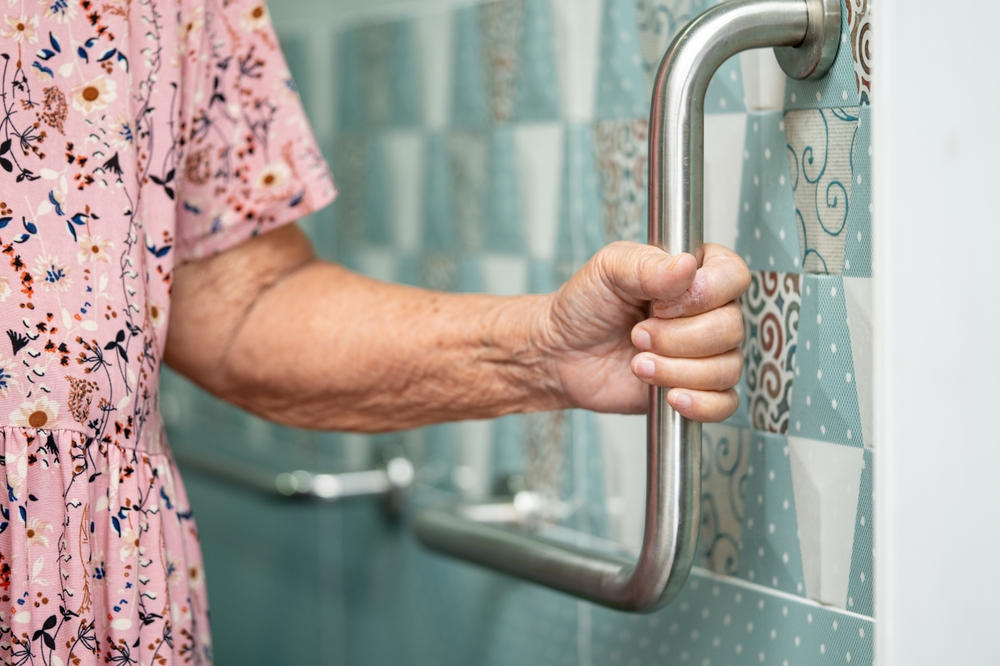As technology evolves, so does our ability to ensure the safety of our loved ones. One of the most innovative advancements in recent years is fall detection without wearables. This technology is revolutionizing how we perceive safety, especially for the elderly and those with mobility issues. In this article, we will explore the intricacies of this technology, its benefits, and its potential impact on our lives.

Understanding Fall Detection Without Wearables
Traditionally, fall detection systems relied heavily on wearable devices. These devices, often in the form of pendants or watches, required the user to wear them at all times for effective monitoring. However, not everyone is comfortable wearing such devices, and they can be easily forgotten or misplaced. This is where fall detection without wearables steps in, offering a non-intrusive alternative that ensures safety without requiring constant user interaction.
How Does It Work?
Non-wearable fall detection systems utilize a combination of advanced technologies such as computer vision, motion sensors, and artificial intelligence. These systems are usually integrated into the environment, such as within a home, to continuously monitor for unusual movements or falls. For instance, some systems use cameras to detect falls visually, while others might rely on IoT sensors to detect changes in movement patterns.
Computer Vision
Computer vision technology uses cameras and advanced algorithms to interpret visual data. These systems can distinguish between normal activities and potential falls, alerting caregivers or emergency services when necessary. This technology is highly effective in providing accurate fall detection without the need for wearable devices.
IoT Sensors
IoT sensors are strategically placed throughout a living space to monitor movement and activity levels. These sensors can detect changes in patterns that may indicate a fall, sending alerts to caregivers immediately. The use of IoT technology not only enhances safety but also provides valuable data on the users activity patterns, which can be crucial for healthcare providers.
Benefits of Non-Wearable Fall Detection
The primary advantage of fall detection without wearables is the comfort and convenience it offers to users. By eliminating the need for wearable devices, these systems provide a sense of freedom while still ensuring safety. Additionally, they offer continuous monitoring without requiring any action from the user, making them ideal for those who may not remember to use a wearable device consistently.
Enhanced Privacy
Many non-wearable systems are designed with privacy in mind. For instance, some systems do not use cameras but rely on other types of sensors to detect falls, ensuring that the users privacy is respected at all times. You can learn more about privacy-friendly solutions at privacy-friendly solutions.
Immediate Alerts
Non-wearable systems can send immediate alerts to designated contacts in the event of a fall. This quick response can be crucial in preventing serious injuries or complications, providing peace of mind to both users and their families.
Real-World Applications
The application of fall detection without wearables extends beyond individual homes. This technology is being integrated into hospitals, care facilities, and even public spaces to enhance safety on a larger scale. For example, in healthcare settings, this technology can assist medical staff in monitoring patients without being intrusive.
Smart Homes
Smart home technology is increasingly incorporating non-wearable fall detection systems. These systems can seamlessly integrate with other smart devices, providing a comprehensive safety network within a home. You can explore more about smart technology in everyday life at IoT sensors.
Senior Care Facilities
In senior care facilities, non-wearable fall detection systems allow for continuous monitoring of residents, ensuring their safety while respecting their independence. These systems can also provide facility staff with data to improve care strategies and prevent future incidents.
The Future of Fall Detection
The future of fall detection without wearables is promising. As technology continues to advance, we can expect these systems to become even more accurate and efficient. With the integration of AI and machine learning, fall detection systems will only become smarter, learning from past incidents to prevent future ones.
AI and Machine Learning
AI and machine learning are set to play a significant role in the evolution of fall detection systems. These technologies enable systems to adapt to individual users, learning their unique movement patterns and predicting potential falls before they happen. This proactive approach could drastically reduce the incidence of falls and related injuries.
Broader Accessibility
As these technologies become more mainstream, they will also become more affordable and accessible to a wider audience. This accessibility ensures that more people can benefit from enhanced safety measures, regardless of their financial situation.
Conclusion
Fall detection without wearables represents a significant leap forward in ensuring the safety and well-being of individuals, particularly the elderly and those with mobility challenges. By offering a non-intrusive, efficient, and reliable solution, these technologies provide peace of mind to users and their families. As we continue to innovate and improve these systems, the future of fall detection looks brighter than ever.

FAQs
How does fall detection without wearables differ from traditional systems?
Traditional systems typically require the user to wear a device constantly, whereas non-wearable systems integrate into the environment, offering continuous monitoring without user interaction.
Are non-wearable fall detection systems reliable?
Yes, these systems utilize advanced technologies such as AI and motion sensors to accurately detect falls and provide immediate alerts, ensuring reliability.
Can these systems be used in public spaces?
Absolutely. Non-wearable fall detection systems are versatile and can be adapted for use in various settings, including public spaces, to enhance safety.
Do these systems compromise user privacy?
Many systems are designed to prioritize privacy, utilizing non-intrusive sensors instead of cameras. Learn more about fall prevention at Mayo Clinic.
This article contains affiliate links. We may earn a commission at no extra cost to you.






